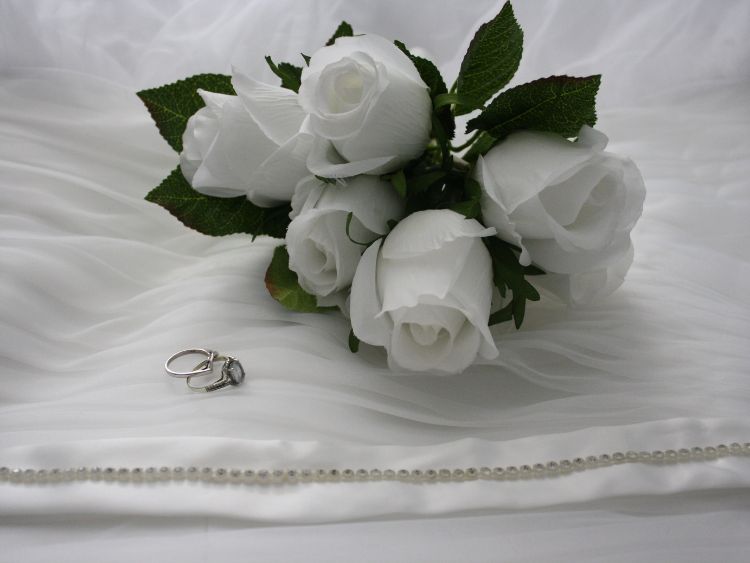Tuxedo vs. Suit: What’s the Difference and Which Should You Choose?
When it comes to formal wear, the age-old debate of tuxedo vs. suit is one that often leaves many men scratching their heads. Should you opt for the classic sophistication of a tuxedo or the versatile elegance of a suit? Each has its own charm, and understanding the differences can help you make the right choice for any occasion. In this article, we’ll dive deep into the tuxedo vs. suit debate, exploring the key distinctions, the occasions best suited for each, and tips on how to wear them with confidence.
Let’s face it—deciding between a tuxedo and a suit can be a tough call, especially when the stakes are high. Whether you’re attending a wedding, a black-tie event, or just want to upgrade your wardrobe, knowing the ins and outs of these two wardrobe staples can make all the difference. But don’t worry! We’re here to break it all down for you.
In this guide, we’ll explore the history, styling differences, and the occasions where each is most appropriate. By the end of this article, you’ll have a clear understanding of when to choose a tuxedo over a suit and vice versa.
The Tuxedo: A Symbol of Timeless Elegance
A tuxedo is more than just a piece of clothing—it’s a statement. Rooted in a rich history that dates back to the 19th century, the tuxedo has long been associated with sophistication and exclusivity.
Key Characteristics of a Tuxedo:
- Satin Details: The most distinguishing feature of a tuxedo is the satin trim found on the lapels, buttons, and sometimes the pocket trim. This glossy finish adds a touch of luxury and sets it apart from a standard suit.
- Formal Shirt and Accessories: A tuxedo is typically worn with a formal white shirt that features a pleated front. The look is completed with a bow tie, cummerbund or waistcoat, and patent leather shoes.
- Black Tie Events: Tuxedos are the go-to choice for black tie events, weddings, and other formal occasions. They’re designed to make you stand out and feel like a million bucks.
When to Wear a Tuxedo: Tuxedos are reserved for the most formal of occasions. If the invitation says “black tie,” there’s no question—it’s tuxedo time. They are also the traditional choice for evening weddings, galas, and upscale parties. A tuxedo’s sleek, polished look is perfect for creating a distinguished appearance.
The Suit: Versatility and Everyday Elegance
While a tuxedo is all about high-end sophistication, a suit offers versatility that can’t be beaten. Suits come in a variety of styles, fabrics, and colors, making them suitable for both professional and social settings.
Key Characteristics of a Suit:
- No Satin Accents: Unlike tuxedos, suits do not feature satin details. The lapels, buttons, and pockets are made of the same fabric as the rest of the suit, giving it a more understated appearance.
- Variety of Styles: Suits can be single-breasted or double-breasted, with notch, peak, or shawl lapels. The possibilities are nearly endless, allowing for a personal touch in your style.
- Versatile Dress Code: Suits can be dressed up or down depending on the occasion. Pair it with a tie and dress shoes for a business meeting, or go tieless with loafers for a more relaxed event.
When to Wear a Suit: Suits are the ideal choice for a wide range of events, from job interviews and business meetings to daytime weddings and social gatherings. Their versatility allows you to adapt your look to the occasion, making them a staple in every man’s wardrobe.
Tuxedo vs. Suit: Breaking Down the Differences
Now that we’ve covered the basics, let’s dive into the specific differences between a tuxedo and a suit. Understanding these nuances will help you determine which option is best for your needs.
- Occasion:
- Tuxedo: Reserved for formal events such as black-tie dinners, galas, and weddings.
- Suit: Suitable for both formal and semi-formal occasions, as well as professional settings.
- Fabric and Details:
- Tuxedo: Features satin lapels, buttons, and pocket trim.
- Suit: Lacks satin accents; made from a single fabric type throughout.
- Shirt and Accessories:
- Tuxedo: Worn with a formal dress shirt, bow tie, and cummerbund or waistcoat.
- Suit: Can be paired with a variety of shirts, ties, and accessories.
- Footwear:
- Tuxedo: Patent leather shoes are the standard choice.
- Suit: Can be worn with oxfords, brogues, loafers, or even sneakers, depending on the level of formality.
- Formality Level:
- Tuxedo: Represents the height of formality.
- Suit: Offers a more adaptable level of formality, suitable for various events.
How to Choose Between a Tuxedo and a Suit
When it comes to choosing between a tuxedo and a suit, context is key. Here’s a quick guide to help you make the right decision:
- Consider the Event:
- If the event specifies a dress code, follow it to the letter. Black tie or white tie events require a tuxedo, while business or cocktail attire usually means a suit.
- Think About the Time of Day:
- Tuxedos are traditionally worn in the evening, while suits are appropriate for both day and night events.
- Evaluate Your Wardrobe:
- If you attend many formal events, investing in a tuxedo might be worthwhile. However, if your calendar is filled with a mix of professional and social engagements, a suit will give you more mileage.
- Personal Style:
- Consider your own style preferences. If you enjoy standing out with a classic, polished look, a tuxedo might be your go-to. If you prefer flexibility and variety, a suit is the way to go.
FAQs About Tuxedos and Suits
Q: Can I wear a tuxedo to a daytime event? A: Tuxedos are generally reserved for evening events. For daytime affairs, a suit is more appropriate.
Q: Is it acceptable to wear a tie with a tuxedo? A: Traditionally, tuxedos are worn with a bow tie. However, some modern interpretations allow for a slim, black tie, though this is less common.
Q: What’s the difference between a black suit and a tuxedo? A: While they may appear similar at first glance, the satin details on the tuxedo, along with the formal accessories, distinguish it from a black suit.
Q: Can I wear a suit to a black-tie event? A: Black tie events require a tuxedo. Wearing a suit may be considered underdressed for such occasions.
Q: What kind of shoes should I wear with a tuxedo? A: Patent leather shoes are the traditional choice for a tuxedo. Oxfords or loafers in a polished finish are also acceptable.
Conclusion: Tuxedo or Suit—The Choice is Yours
Choosing between a tuxedo and a suit ultimately comes down to the occasion, your personal style, and how you want to present yourself. While a tuxedo offers unmatched elegance for the most formal of events, a suit provides versatility and timeless style that can adapt to nearly any setting.
Remember, whether you choose a tuxedo or a suit, confidence is key. Wear it with pride, and you’ll always look your best.
Authoritative Links:
- www.gq.com/style/article/difference-between-tuxedo-and-suit
- www.realmenrealstyle.com/tuxedo-vs-suit/
- www.theblacktux.com/blog/tuxedo-vs-suit/
This article is designed to guide you through the decision-making process, ensuring you’re well-equipped to choose the right attire for any occasion. Happy dressing!





